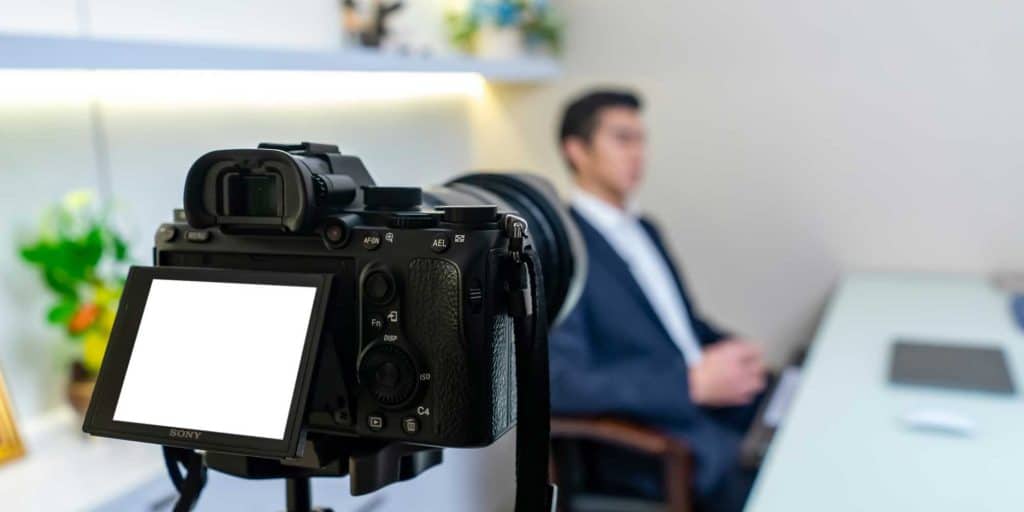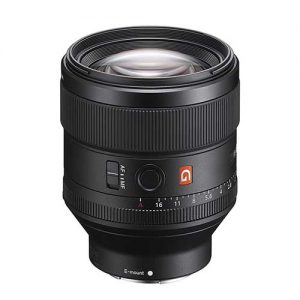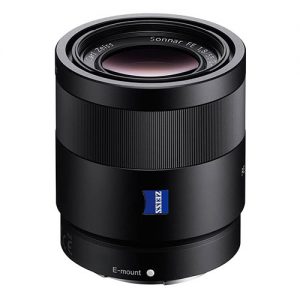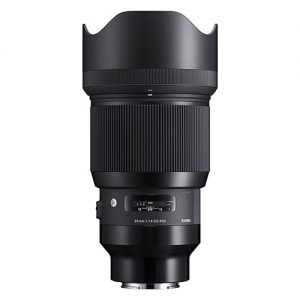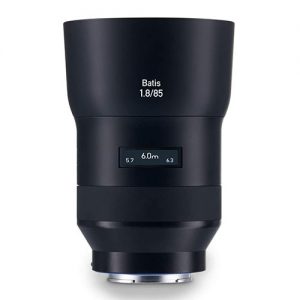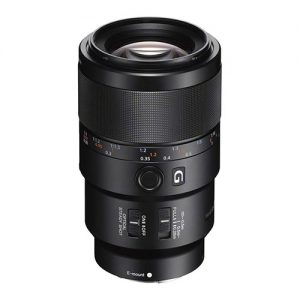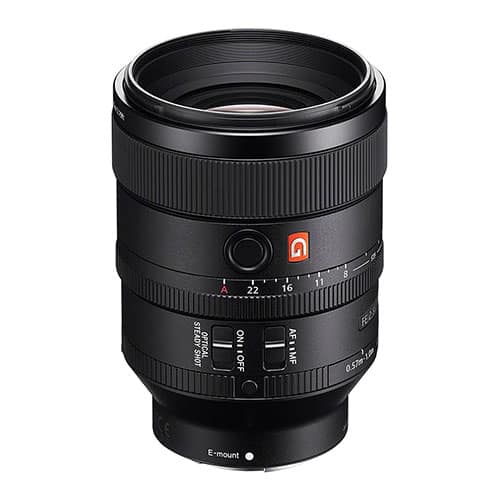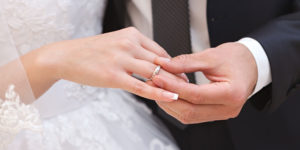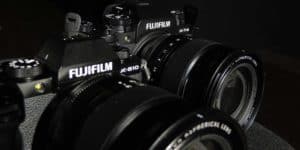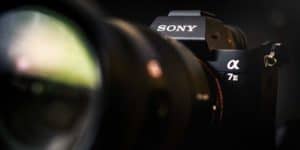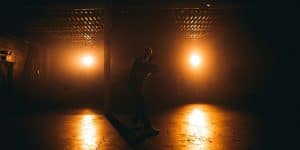The best portrait lenses for Sony a7III cameras combine exceptional optical performance with optimum usability, helping you to produce stunning portraits under even the most challenging conditions.
But the reality is that there are almost as many approaches to portrait photography as there are portrait photographers in the world.
Meanwhile, there’s an ever expanding array of portrait lens models available. This can make choosing the right portrait lens for your particular style of shooting a bewildering task.
Fear not, for in this guide we not only review some of the best portrait lenses compatible with the a7III currently on the market, but also arm you with the knowledge to choose for yourself which of these will be most appropriate for you and your photography.
If bokeh is your thing – and let’s face it, for portraits it’s most people’s thing – then the Sony FE 85mm f/1.4 G-Master has your name on it.
Smooth and artifact-free, out of focus areas are beautifully rendered without “onion rings,” and display little in the way of “cat’s eyes.”
Pros
- Super smooth bokeh
- Very sturdy build
- Weather sealed
Cons
- Mediocre AF
- Not as sharp as other options when used wide open
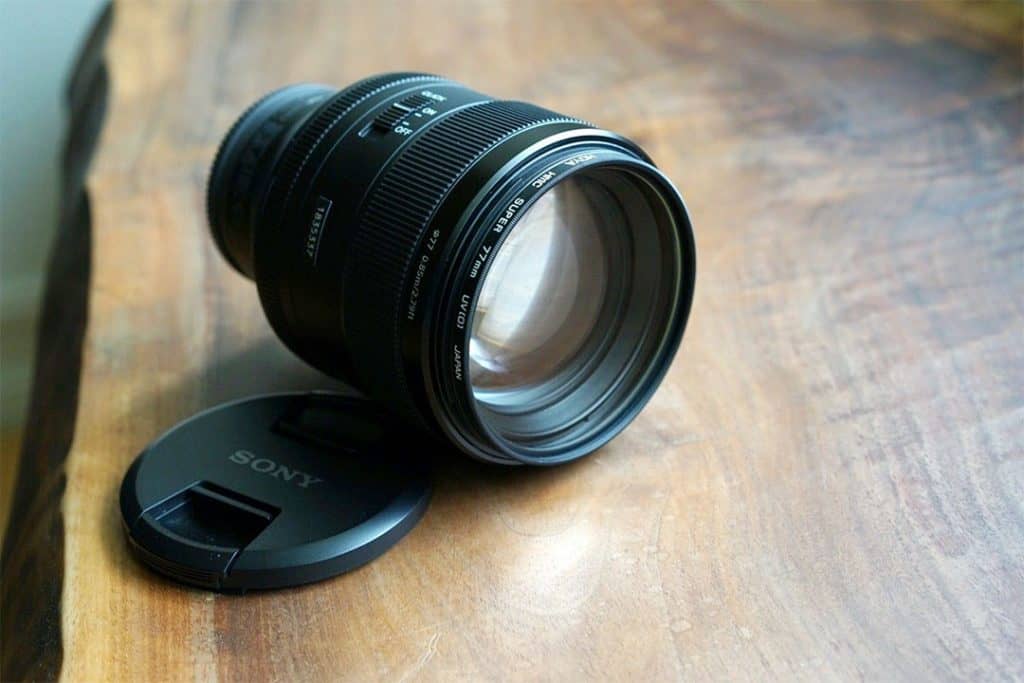
However, while sharpness and contrast are very impressive when the 85mm’s diaphragm is shut down just a stop or two, wide open at f/1.4 rendering is a tad soft.
Whether you consider this to be a major turn-off will in large part depend on your approach to portraiture.
Pixel-peepers who want to be able to examine every facial pore at max-res might want to look elsewhere.
But if you’re all about capturing the subject’s likeness in an impressionistic manner, the G-Master’s image quality is unlikely to disappoint.
In any case, performance in this area already improves massively even at f/1.6
Another slight downer is that autofocus performance – while passable – is a little lackluster when compared with some of the other 85mm options we look at here.
The lens is also quite big and heavy (although nowhere near the extremes of Sigma’s 85mm offering below). However, this largely reflects the lens’s exceptionally sturdy build quality.
In short, this is a beautifully well-made lens, capable of producing stunning portraits.
But if you’re looking for outstanding sharpness at f/1.4, and AF-speed is a top priority, some of the other options we list here might be more to your liking.
For those who dream of a solid and dependable bokeh-machine, however, they don’t come much finer than this.
Despite its flaws, this is undoubtedly one of the best lenses for the Sony a7III currently available.
Portraits with a 55mm? You bet! Especially when the lens is as good as this one.
Sure, technically 55mm is not what people mean by a “portrait lens.” And so those looking to shoot classic headshots will need to continue in their search. “Portrait lens” or not, though, if you’re simply looking for the best lens to shoot portraits with on the Sony a7III, the Zeiss 55mm f/1.8 should definitely be on your shortlist.
Pros
- Sharp
- Good contrast
- Small and lightweight
- Excellent autofocus
Cons
- Not weather sealed
- No image stabilization
- Average bokeh
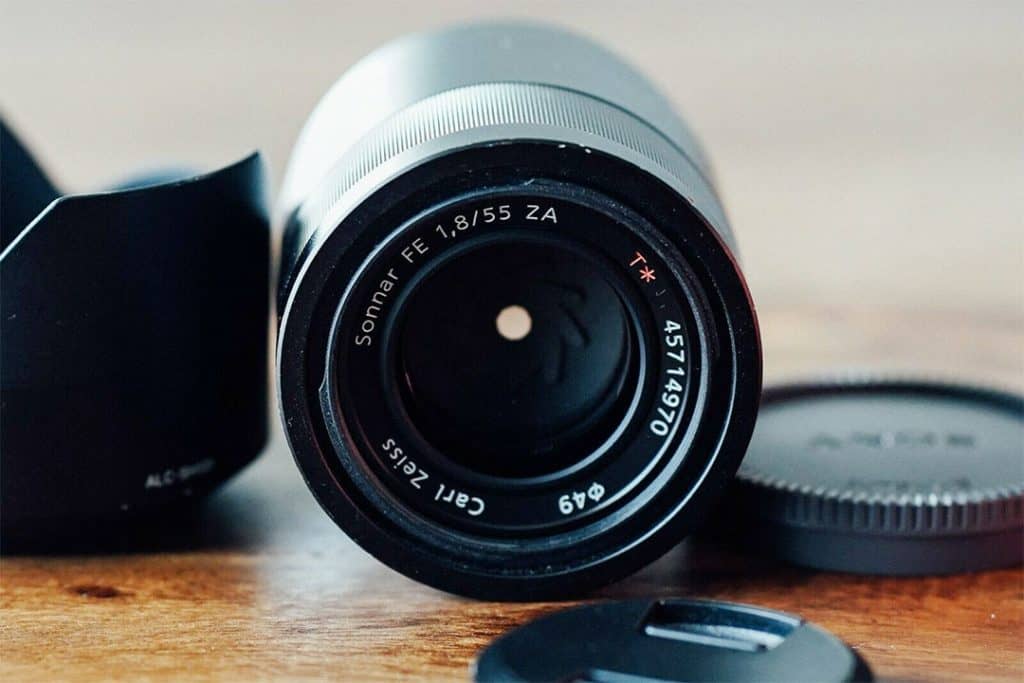
And if you’re the kind of photographer who enjoys shooting slightly wider, “environmental,” portraits, then the Sonnar T* is likely going to be somewhere near the top of that list.
But isn’t this just a regular standard lens? And not even an especially fast one at that. What’s all the fuss about?
Well, “Standard” it may be, but the 55mm f/1.8 is simply a very good lens, offering excellent resolution and sharpness that really shines when coupled with the a7III’s full-frame sensor.
Central sharpness and contrast are good even when the lens is used wide open, with both becoming truly excellent from about f/2.8 and beyond.
On the downside there is some slight purple and green fringing detectable, and you’ll likely see a touch of ghosting when shooting into the light. But neither are a major issue.
What’s more, despite 9 rounded aperture blades, out of focus rendering is perhaps a little busier than with some other of Sony’s offerings. Nonetheless it will likely satisfy all but the most chronic of bokeh-obsessives.
The lens is focus-by-wire; meaning there are no hard focus stops. Despite this, manual focus action is actually very good and there’s little or nothing in the way of either lag or noise from the motors.
AF is also super silent and lightening fast, and face-tracking works excellently.
The smaller of Sony’s standard lenses, the Sonnar T* handles beautifully and is very lightweight.
This makes it a great choice for portrait photographers who also do a fair amount of traveling.
However, on this front you should be aware that there’s no weather sealing; you’ll need to pay out for the much more expensive Planar if you want a more durable standard lens with comparable optics.
The Sigma 85mm f/1.4 Art is a beast of a lens, and make no mistake. It’s exceedingly heavy, and sticks out on the front of your camera twice the length of most other 85mm offerings.
Definitely not one for photographers who like to stay nimble on their toes or who regularly suffer from bouts of lumbago.
Pros
- Great contrast and resolution
- Weather sealed
- Fast maximum aperture
Cons
- Extremely big and heavy

If you can live with the weight and the bulk, however, the Sigma Art is undoubtedly one of the most impressive portrait lenses you can use on a Sony a7III, offering both fantastic image quality and outstanding usability.
Image sharpness is stunning even at f/1.4. And in fact on this front the Sigma Art outdoes even the amazing G-Master 85mm – and yet somehow delivers this at a considerably lower price.
Autofocus is supremely fast and accurate, with eye-AF performing brilliantly.
And while there’s some slight motor noise detectable, it’s never so loud as to become a real nuisance.
Meanwhile manual focus operation provides smooth and responsive action.
It’s unlikely that many people will want to take such an enormous piece of glass out on the road with them.
However, if you were ever inclined to do so, the fact that the Sigma 85mm f/1.4 is weather-sealed means it would likely survive the adventure – even if you don’t.
Less positively, there’s some very evident purple fringing when the lens is used wide open.
Nonetheless this disappears entirely after stopping down even very slightly.
Meanwhile those with a major bokeh fixation may prefer to go with the Sony’s G-Master lens instead, as although the Sigma does a pretty good job in this department, out of focus rendering is noticeably a touch smoother with the 85mm f/1.4 GM.
Sony’s FE 85mm f/1.8 is ideal as an all-round portrait lens at a price that wont break the bank.
At least relatively speaking; no Sony lens is ever what you could really call “cheap.”
Image sharpness is excellent, even when used wide open; and there’s almost no distortion, and only minimal vignetting.
Pros
- Impressive sharpness
- Great AF
- Weather sealed
Cons
- Average bokeh
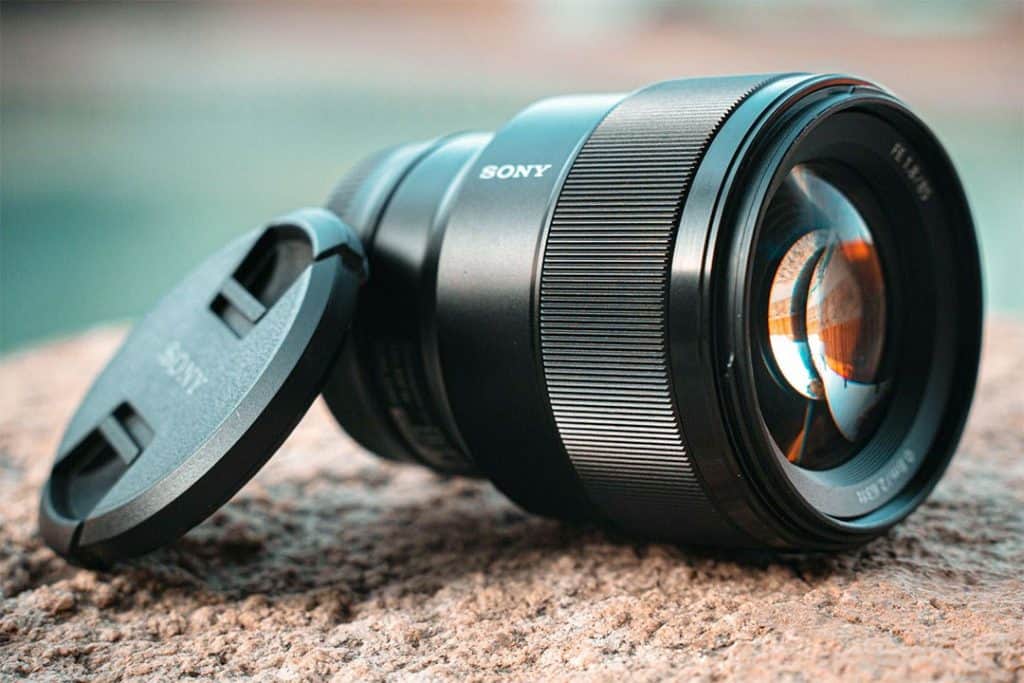
Meanwhile autofocus is very snappy – indeed it ranks among the fastest of Sony’s offerings – making it an ideal choice for photographers who shoot more lively and candid portraits.
Those who plan to shoot portraits while on the road might find the 85mm f/1.8 an attractive option too; owing to its compact size, light weight, and sturdy build.
And while the FE 85mm f/1.8 offers no image stabilization, bear in mind that, as a Sony a7III user, your camera does.
Although bokeh with the 85mm f/1.8 is perfectly fine, it doesn’t come close to the creamy quality of the Sigma Art 85mm, or even the Sony 85mm f/1.4 G-Master lens.
But just keep in mind that you could pick up a couple of copies of the Sony FE for the price of even the cheapest of these two alternatives.
When it comes to drawbacks, essentially this lens has only one; purple fringing is quite evident when shooting against the light at the widest aperture (although this is of course fairly easy to remove in post).
Overall though, if you’re the kind of portrait photographer who is more interested in capturing a fantastic likeness of your subject than in producing the most optically perfect image possible, the Sony FE 85mm f/1.8 does a great job at an attractive price.
Thus securing it a well deserved place on our list of the best portrait lenses for the Sony a7III.
A longstanding favorite of Sony a7III portrait photographers, the Zeiss Batis 85mm f/1.8 offers excellent optics at an accessible mid-range price.
Even wide-open the Batis performs beautifully in terms of image sharpness, and produces consistently good contrast throughout the range.
And if either of these elements are a dealbreaker for you, they might be enough to justify going for the Batis over Sony’s cheaper 85mm f/1.8 FE lens.
Pros
- Great sharpness, color, and contrast
- Speedy and accurate AF
- Optical image stabilization
- Weather sealed
Cons
- Heavy pincushion distortion
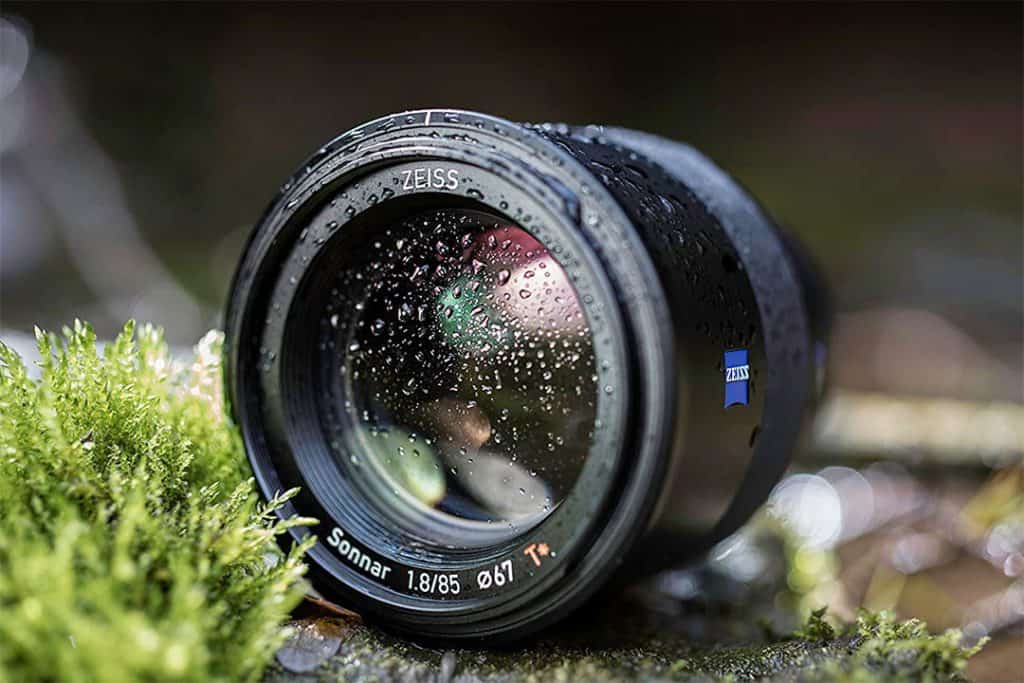
Out of focus rendering is pretty good with the Batis, too, but if you’re a true connoisseur of bokeh, you’ll likely find that the f/1.4 G-Master better meets your needs (just keep in mind that it’s also a lot more expensive).
Color rendition is also great, and flare is well controlled. The only notable optical defect is that there is a lot of pincushion distortion – however this is easily rectified when processing your images.
Autofocus is silent and snappy, and while use of the ubiquitous focus-by-wire system means that there are no hard stops when focusing “manually,” the focus ring nonetheless provides nice dampened action.
Although the Batis is not exactly a small lens, weight is nonetheless sufficiently controlled – so you could easily use this as a travel portrait lens if that’s your thing
With a focal length of 90mm, Sony’s FE f/2.8 is marginally longer than the classic 85mm portrait lens – although in practice this will make little real difference to your portraits.
Perhaps more interesting, though, is the fact that this is also a macro lens, meaning that it makes an excellent option for those who also like to shoot extreme close-ups.
Pros
- Very sharp
- Doubles as macro lens
Cons
- Big
- Relatively slow maximum aperture
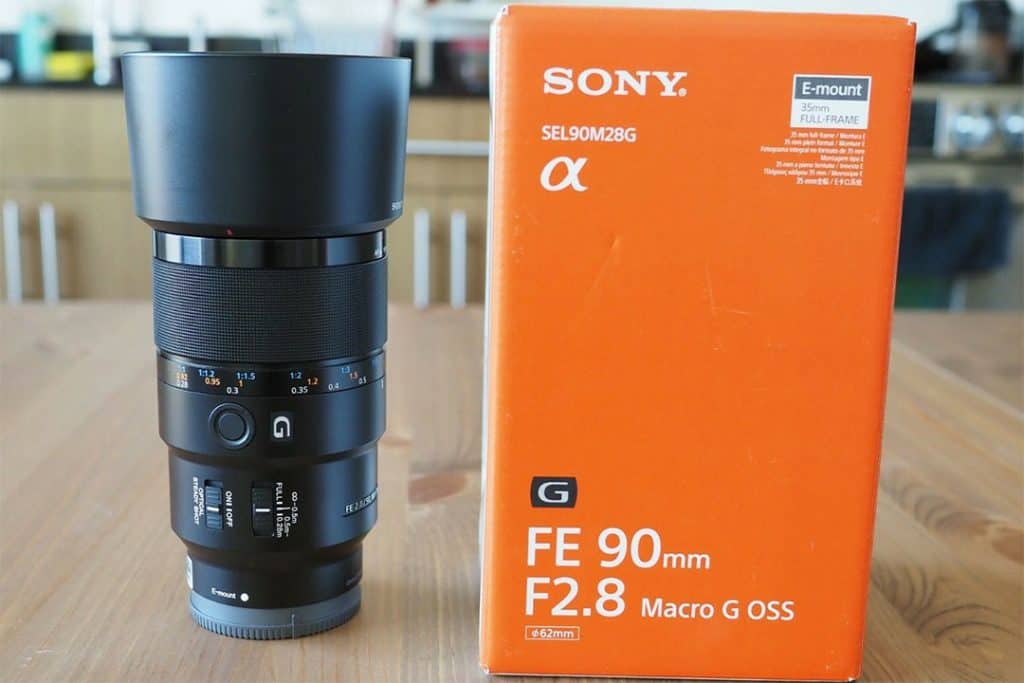
The Sony FE 90mm f/2.8 macro is a solidly manufactured lens that will withstand the rigors of daily professional use.
As guaranteed by its all-metal barrel and a degree of weather sealing (although quite how much protection this offers is unclear, as there is evidently no sealing at the gasket).
Perhaps more importantly, though, is that mage quality is stunningly sharp and contrasty – both at the center and the edges.
Optimal image stabilization performs very well, too, and autofocus is fairly fast and silent.
There’s also a handy snap-action MF-select ring, for switching over to manual action (although rather than offering true mechanical manual focus, as with almost all lenses for the Sony a7III, this functions via a focus-by-wire system).
While the 90mm’s out of focus rendering is nothing to get too excited about, it is nonetheless perfectly attractive and will be unlikely to offend the eyes of even the most demanding of bokeh fanatics.
Although there’s some noticeable flare, this is more controlled than with most macro lenses.
There is, however, some very evident color fringing at maximum aperture.
Also keep in mind that while this lens offers the advantage of macro capability, it does so at the cost of a slower maximum aperture than most comparably priced portrait lenses.
While most photographers will not even notice the additional reach of the 90mm f/2.8 Macro (above), the jump from 85mm to 100mm that we get here will make a much more significant difference as far as portrait photographers are concerned; ideal for intimate headshots.
Of course, in theory at least, the bokeh-potential of a 100mm f/2.8 is perhaps no greater than with a fast 85mm lens; the relatively slow aperture cancelling out the advantage provided by the longer focal length.
Pros
- Great bokeh and unique image quality
- Very Sharp
- Solidly built and weather sealed
Cons
- Big
- Slow maximum aperture
Blurring backgrounds is not just a question of degree though, but also about the quality of that blur.
And on this front the 100mm f/2.8 delivers very nicely; creating beautifully smooth bokeh.
What’s more, the 100mm also has another trick up its sleeve in this department, in the form of an apodization filter.
What this effectively does is increase blur towards the edges of the frame, meaning that backgrounds are thrown totally out of focus while retaining a relatively deep depth of field on the subject at the center.
This helps to create a much greater degree of subject-background separation, only further adding to the lens’s headshot credentials.
To be sure, f/2.8 is rather slow as a portrait lens. So it’s with some regret that we have to report that this maximum aperture setting is actually rather an optimistic claim on the part of the manufacturers: in practice, the amount of light this lens lets in wide-open is maybe closer to f/5.6.
While this makes no difference to those worried about bokeh (indeed, in this respect f/2.8 here perhaps behaves more like f/1.8, due to the apodization filter), it will likely be a dealbreaker for those who value a portrait lens’s light-gathering abilities.
Some of the most beautiful light for portraiture is to be found either very early or very late in the day, when the sun’s rays are at their weakest.
Under circumstances such as these, even a couple of stops of extra light can make the difference between a perfectly sharp portrait and an unrecognizable blur.
Still, this will not be the case for every shooter, and if you’re more of a bright sunshine or midday-shade kind of portraitist, you may find that f/2.8 (or, rather, f/5.6) is plenty sufficient.
If 100mm and a slow aperture work fine for you though, there really is a lot to like about this lens.
For a start, it’s well built and comes with weather sealing.
Meanwhile mage quality is superb and bokeh is, as mentioned, rather attractive.
Autofocus may not be the snappiest on the planet, but its quick and accurate enough.
And image stabilization works great.
Really though, the main selling point of the Sony FE 100mm f/2.8 is that it comes with a unique and quirky look all of its own. If you like that look, it might just be for you.
A Portrait Photographer's Guide to Choosing Sony a7III Lenses
Maximum Aperture
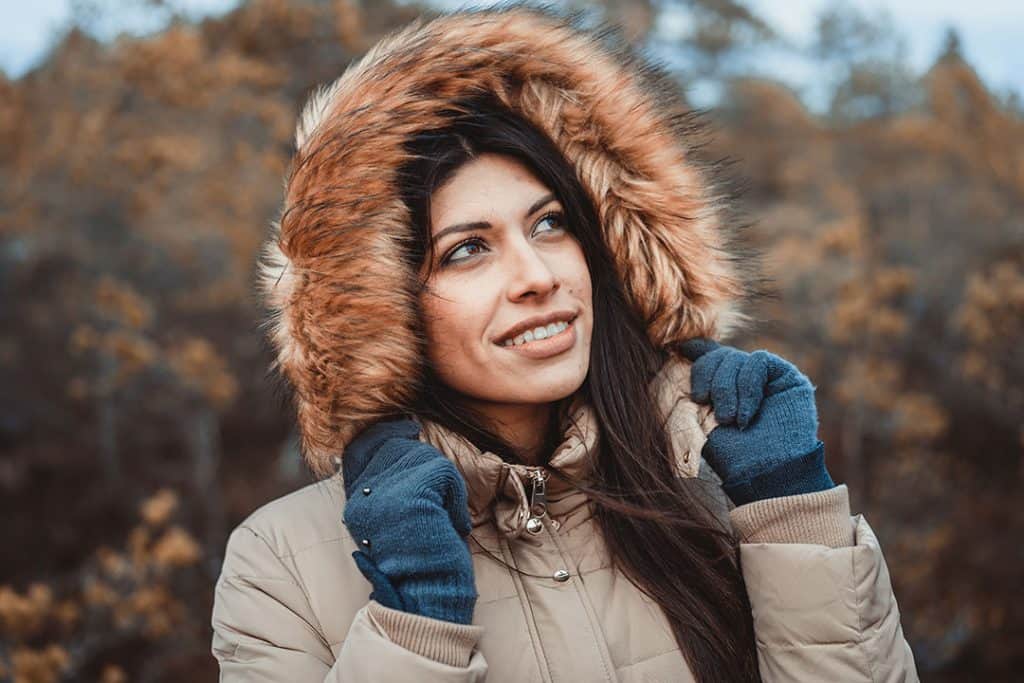
Portrait photographers usually fall into one of two main categories (although some of course straddle both).
There are those who predominantly shoot with natural light (either outdoors or near a window); and then there are photographers who usually shoot in the studio, frequently using powerful strobe lights.
While some studio photographers will want to shoot at a wide lens aperture for a shallow depth of field, most tend to take advantage of the increased output of light available to them to produce images that are sharply detailed from foreground to background.
Such photographers will rarely open the diaphragm much beyond f/8. Consequently, for them, investing in a lens with a fast maximum aperture would largely be a waste of money.
However, for the other kind of portrait photographer – those battling to capture very natural-looking portraits in the soft light of dusk for example – even a stop of extra light might be an advantage worth paying out large sums of money for.
Certainly, as the last light of day fades from the sky, getting blur-free handheld images can become a real challenge. And inevitably this moment occurs right when the quality of light reaches its most flattering for the subject.
At times like this, many a photographer may find themselves regretting the decision to purchase a cheaper, slower lens.
Fast maximum aperture isn’t just about avoiding camera shake in low light though.
If you’re more interested in capturing expressive impressionistic portraits – with little more than the subject’s eyes in focus – than in shooting almost hyperrealist images that are tack sharp from front to back, then a fast maximum aperture will be essential in order to achieve a suitably shallow depth of field.
Bokeh
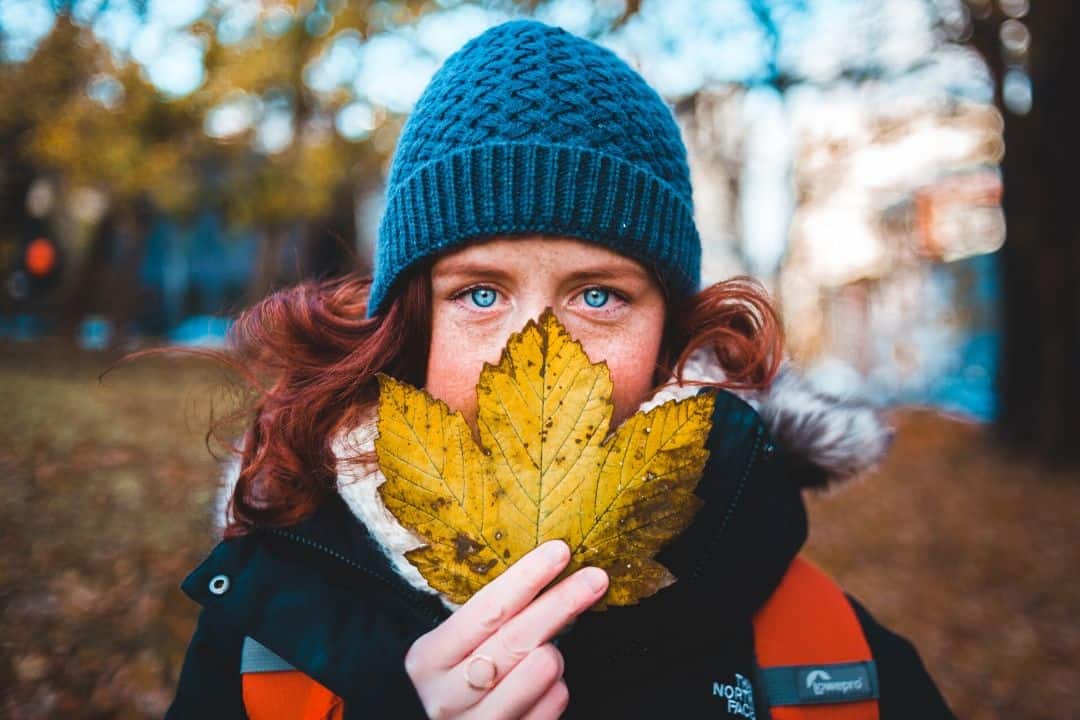
On a related note, photographers who appreciate the finer qualities of a good bokeh – i.e. the way in which a lens renders out of focus areas of an image – will likely prefer to go for a lens with a fast maximum aperture.
Simply put, the wider the aperture, the more pronounced the bokeh will be.
To put it another way, you don’t get extreme swirling bokeh when shooting with a lens stopped down to something like f/11.
Bokeh isn’t just about degree, though, but also about quality. In fact, while creamy-soft out-of-focus rendering of the background can really add something to a portrait, extreme bokeh can be very distracting if its not the right kind of bokeh.
You’ll often see mention of “onion rings” and “cat’s eyes”; optical defects that most photographers prefer to avoid. Or you’ll hear people raving about the beautiful round “bokeh balls” produced by a particularly prized lens.
For example, how do you find the bokeh in the portrait above? let me know in the comments!
Whether positive or negative, these lens qualities are caused by a wide variety of mechanical and optical considerations; from the number and shape of diaphragm blades to the type and quality of lens coatings.
In short, it’s very difficult to understand precisely the kind of bokeh a given lens is likely to produce merely by looking at spec sheets.
In any case, while there are a number of optical qualities that most people will agree are attractive (or unattractive), bokeh is to a large extent subjective.
This being the case, the only real way to know whether a particular lens renders out-of-focus areas in a manner that you find aesthetically pleasing is to try it out in a number of different shooting situations.
Focusing

If you’re the kind of photographer who slowly sets up a shot, waits for the perfect light, gets the model to pose exactly as you want, counts down from three, and only then fires off a single frame before moving on the next setup, fast and accurate autofocus is unlikely to be high on the top of your list of portrait lens criteria.
Indeed, you might even be happy foregoing AF altogether in favor of manual focusing.
For those who shoot their portraits in a faster-paced and more candid style, though, precise autofocus can make the difference between “nailing it” and a harddrive full of missed opportunities.
Autofocus on the Sony a7III is excellent, and eye-AF in particular is a portrait photographer’s prayers answered.
However, while your camera is capable of extremely fast and accurate AF performance, precisely how effective it will be in this department also depends on the lens you use it with.
Some lenses are so snappy and precise that autofocus is essentially instantaneous.
Others can struggle to keep up with even moderately fast moving subjects; particular in low light.
Sharpness
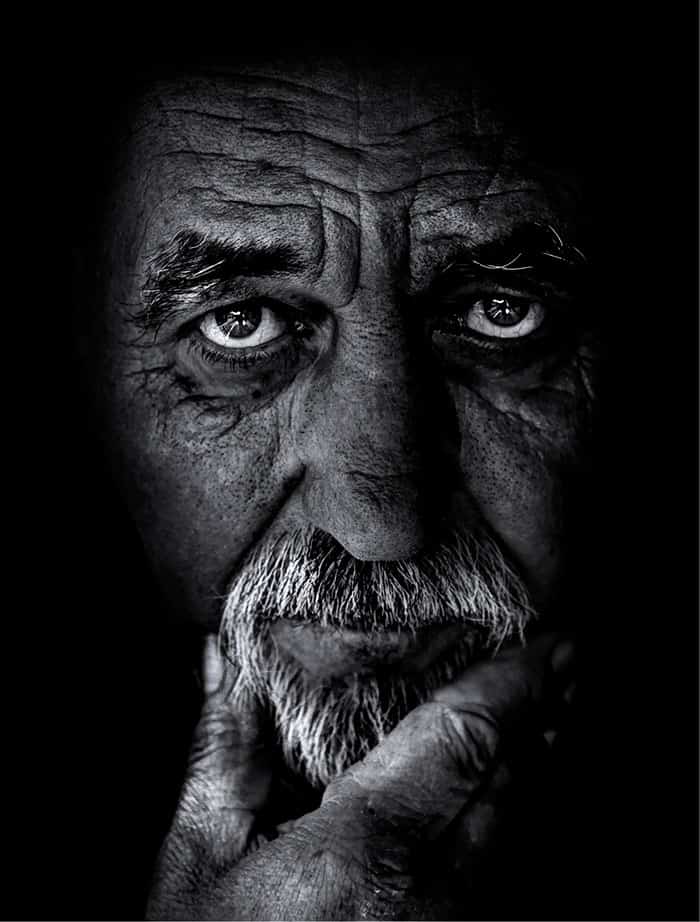
If you care about photography beyond simply recording memories, then image sharpness is always going to be one of the most important considerations when choosing a lens.
After all, why go to all that trouble to produce stunning artistic images if they won’t stand up to closer inspection.
True, not every photographer wants to print up their photos as huge enlargements.
But even when viewing on-screen at relatively small degrees of magnification, a substandard lens can be a cause of great disappointment.
Having said this, there are a couple of reasons why lens sharpness isn’t something you should worry about too much when choosing a portrait lens for the Sony a7III.
First off, unlike with, say, landscape, architecture, or still life photography – where sharpness is usually a major consideration – portraits are typically more about capturing the subject’s personality and an interesting mood than they are about showing every detail of skin and hair in forensic detail.
This means that with portraiture you can often get away with a marginally greater degree of softness in your images.
Sure, nobody wants to look at a blurry shot that lacks any sharp area of focus.
But – and this brings us to the second reason why you shouldn’t stress too much over lens sharpness – the fact is that most modern lenses simply do a great job in this department.
Certainly those that are available for the a7III anyway.
Admittedly there can be quite considerable variation in sharpness between different lens models when it comes to the edges of the frame; particularly when shooting wide open.
For a landscape or night-sky photographer – who will typically want edge-to-edge sharpness – soft corners will be a dealbreaker. For the average portrait photographer, however, corner sharpness is at worst irrelevant, and perhaps even an advantage; making for images that emphasize the subject’s face and reduce the background to a total blur.
Unless you are in the habit of positioning your subject at the edge of the frame, then, all that matters for portraiture is that the center is sharp.
And here nearly all available portrait lenses for the Sony a7III deliver brilliantly.
Focal Length
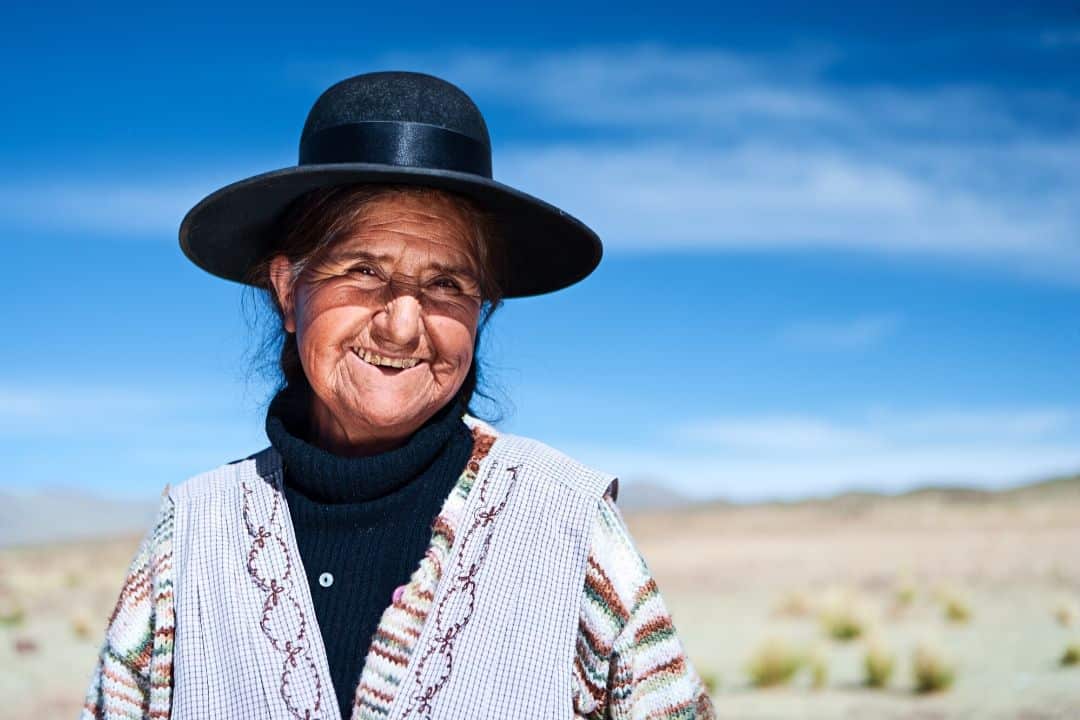
Traditionally when people talk about a “portrait lens” they mean a short telephoto lens; usually one with a focal length of 85mm. If you’ve already gone through our list of the best portrait lenses for the Sony a7III above, however, you will likely have noticed that in addition to several 85s, our recommendations range from a “nifty fifty” (well, actually a 55mm) all the way through to one with a focal length of 100mm.
What’s more, numerous great portraits have been shot on lenses both considerably longer and shorter than either of these ones too.
So why the fixation with 85mm?
Well, while it’s entirely possible to shoot a fantastic portrait on absolutely any focal length of lens, it’s important to note that not all portraits are designed to achieve the same effect; some are meant to be fun, some to look cool, others mysterious, and many simply to show a a realistic likeness of the sitter.
Whatever the intended outcome, though, by far the biggest number of portrait photographers (and almost certainly the majority of portrait subjects) want to produce portraits that are flattering for the person depicted.
And this is where lenses of a focal length of 85mm (or thereabouts) really come into their own.
The wider the focal length, the more a lens will distort perspective; making objects close to the lens seem enormous, and those further away appear tiny.
And if what’s close to the lens is a person’s nose, or what’s further away is their feet, this effect is unlikely to be particularly flattering for the subject.
Instead, a short telephoto (say one that’s between 80 and 120mm) will create a much more flattering perspective. It also has the added advantage of blurring the background so that the viewer concentrates solely on the subject.
While a longer telephoto lens will also blur the background and make the subject look good, longer lenses tend to be less practical for portraiture simply due to the fact that you’ll need to stand a long way from the subject if you’re going to be able to fit their entire head and shoulders in the frame.
Final Thoughts
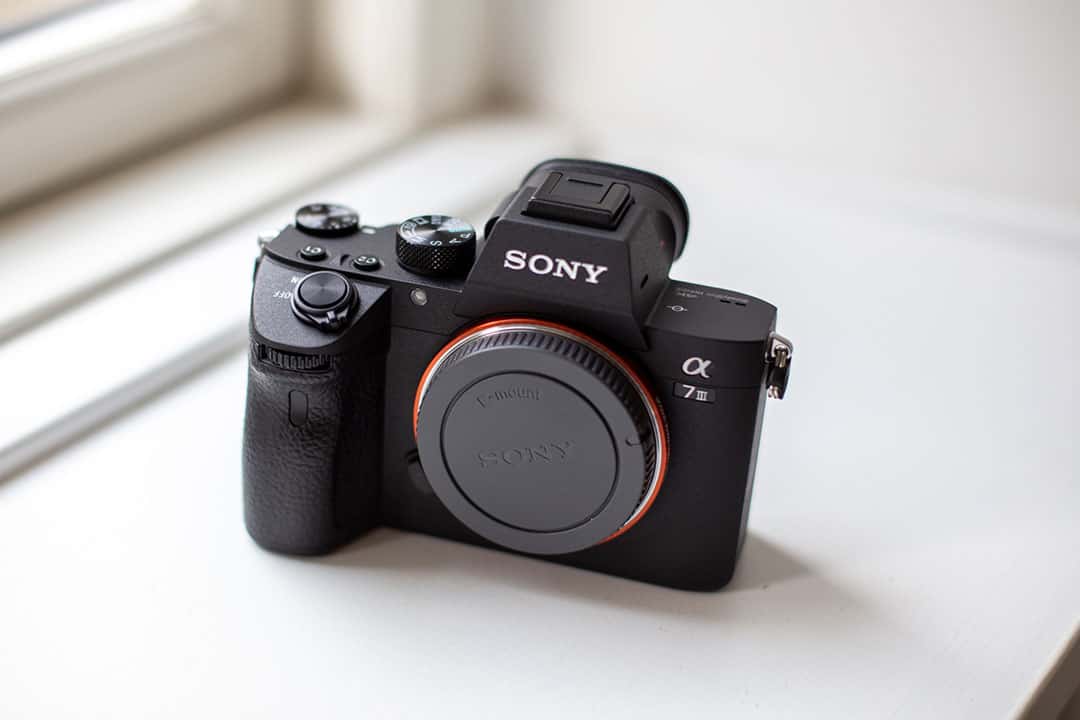
Offering a full-frame sensor and a host of other pro-level spec at a highly competitive price, Sony’s a7III has quickly established itself as a true heavyweight within the Mirrorless market – for both professionals and serious amateurs alike.
Needless to say that with its stunning image quality and range of powerful features, it’s a camera that is particularly well suited to portraiture.
While Sony Mirrorless users may not have access to the same wide range of optics as Canon and Nikon DSLR shooters, the brand’s line of E-mount lenses continues to expand at a rapid pace.
What’s more, the range is now also augmented by some excellent products from third party manufacturers. In short, for anyone wishing to shoot portraits on the a7III, there’s currently plenty of great glass to choose from.
And if you were previously in any doubt as to which is the best Sony a7III lens for your portrait photography, hopefully this guide has now set your mind fully at rest.
Did we miss something off our list?
We’d love to hear which models our readers consider to be the best portrait lenses for Sony a7III cameras.
Let us know in the comments which would be your first choice of portrait lens for using with the a7III.

